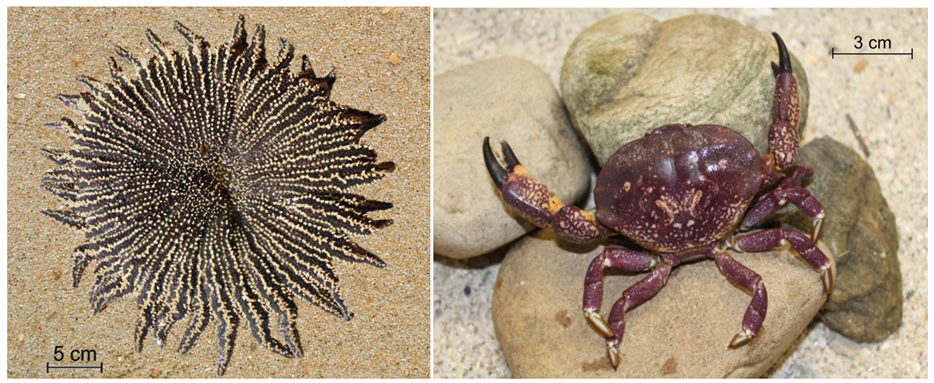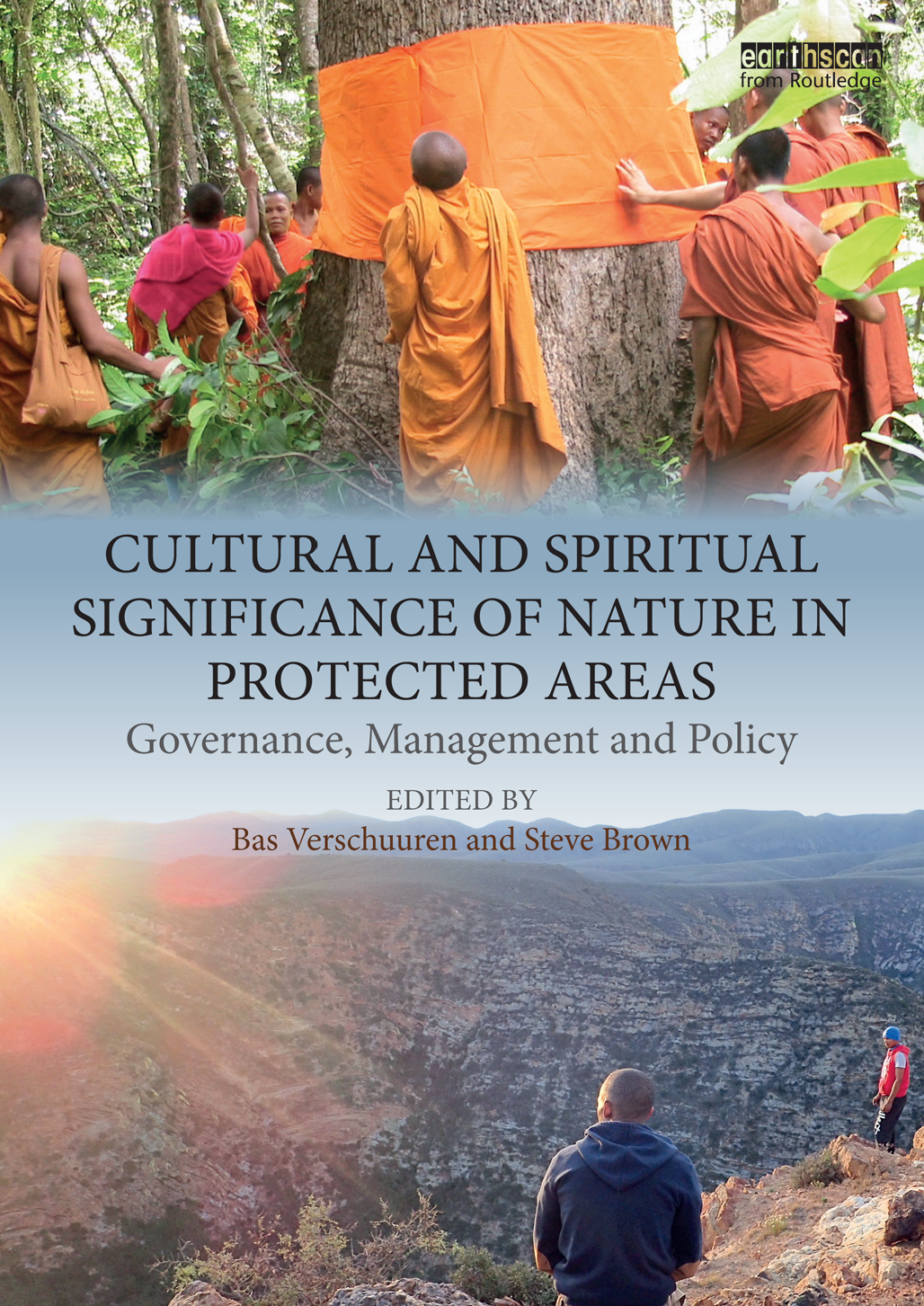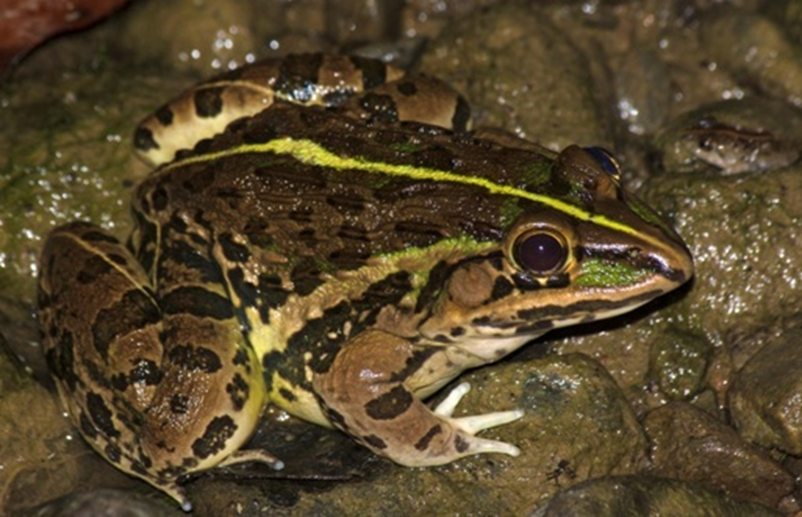Two marine invertebrates reported as alien, for the first time
A recent study published in BioInvasions Records, is the first to report two new marine alien species. The study was conducted by C·I·B post-doctoral associate, Koebraa Peters and C·I·B Core Team Member, Tammy Robinson.





